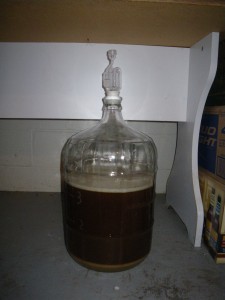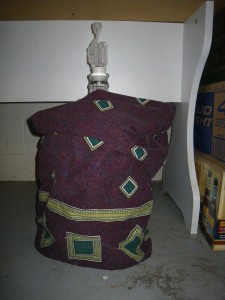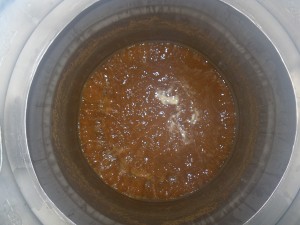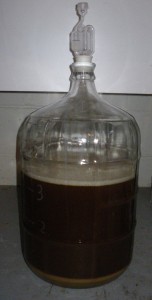
Much excitement greeted the post on WhiteHouse.gov disclosing the White House homebrew recipes for President Obama’s homebrewed beer. Just over a year ago, homebrewers nationwide talked about the fact President Obama had purchased a homebrew kit and actually brewed beer at 1500 Pennsylvania Avenue.
At the time, it seemed like a non-event. Many people buy a homebrewing kit, try it, and that’s it. However, when Obama talked about having some of this homebrew on his campaign bus, there was renewed interest in the fact beer was now being brewed in the White House. What kind of beer was being made? Who was making it? What was the recipe good enough to serve to the President of the United States?
Someone even started a petition to get the White House to these special recipes. Reading the article, you can see a recipe kit was obtained at a homebrew shop, then beer enthusiasts on the White House staff tweaked the recipe to make it their own.
Mere days after the release of the recipe, I received email notices from at least two different homebrew supply shops with “Exclusive White House Beer Recipe Kits”. Who can blame them for capitalizing on the interest? But calling a recipe published on the most public website “exclusive” is stretching it, even for a marketing department.
What can I say? The recipes look pretty good. You can even purchase one of the “exclusive” kits on Amazon: White House Honey Porter. I’m partial to porters, so I might have to try one of these recipes just to see how it turns out.
I read that while many of our founding fathers brewed beer at their homes, which was common practice, this is the first time beer was brewed at the White House.
Whether you’re an all-grain brewer or brew from malt extract, you should be able to make a reasonable facsimile of these recipes in your homebrewery. Or, if you’re just getting started, these recipes look easy enough to be a good starting point.
Why not get in on the fun? Even the President’s doing it. OK, so he’s not actually the one brewing, the kitchen staff are doing the actual brewing, but why not shoot for a drink worthy of the leader of the free world? Pick up an equipment kit and a White House Honey Porter Kit
and start brewing beer to lead the world!







